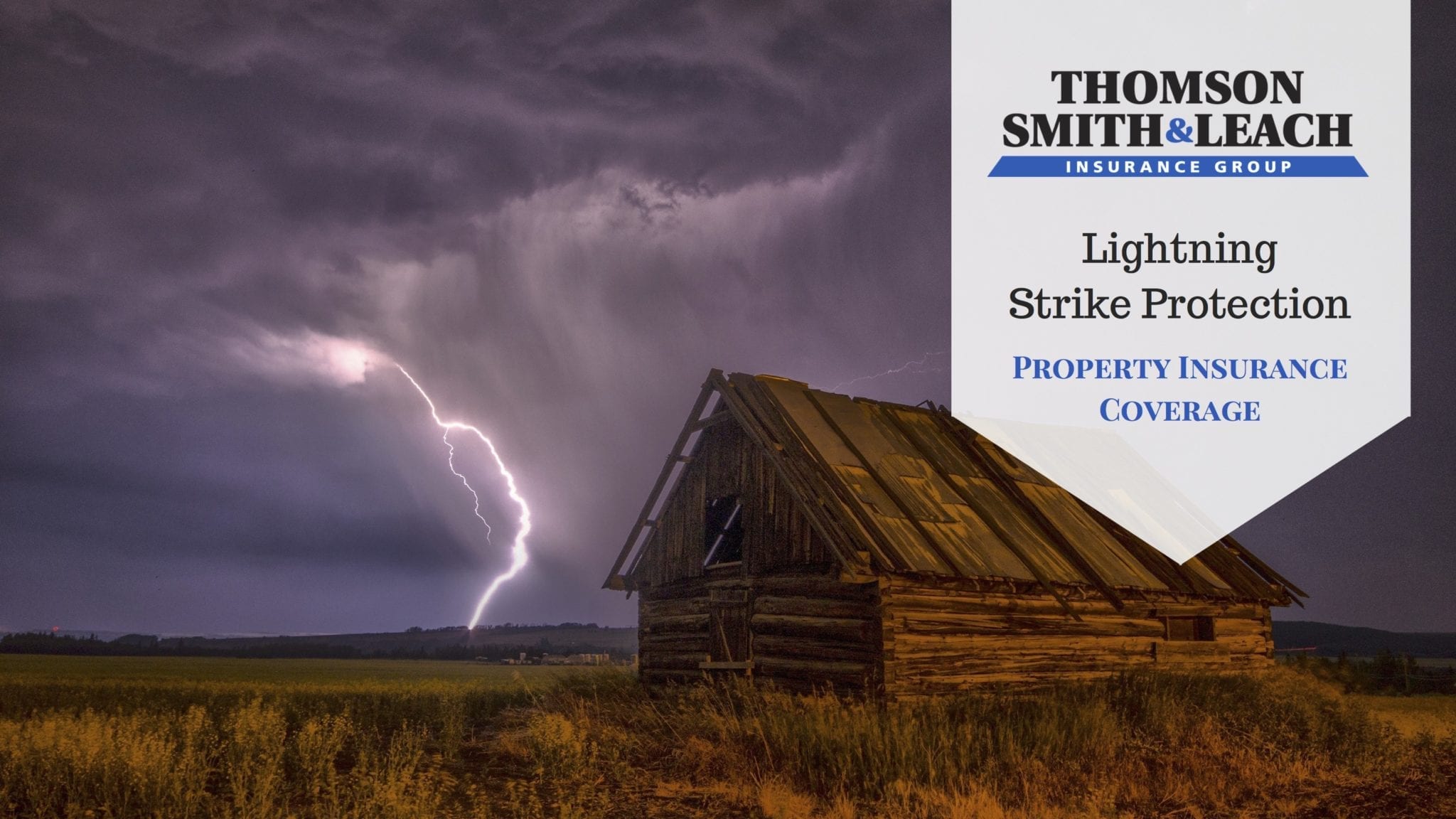
Lightning Strike Protection: Property Insurance Coverage
Lightning can be a spectacular show from mother nature. Yet, when lightning strikes in the wrong places it can cause a great amount of damage in an instant. Taking a chance on this seemingly random weather occurrence can leave a property in shambles. The National Severe Storm Laboratory reported lightning as the most dangerous and most frequently encountered weather hazard each year. Did you know that lightning-related homeowner’s insurance claims increased by almost 10 % from 2015 to 2016? According to the Insurance Information Institute, Louisiana currently ranks fourth in the nation for top states with lightning-related claims in the last year.
Ensure that your home or business is fully protected by:
- Double checking that your insurance policy covers all of your possessions. Lightning strikes are usually covered in homeowner or property insurance policies. Check to see if your policy has all of your personal property, such as electronics, appliances, furniture and other possessions, covered. We recommend taking well-lit photos of each room of your house or business to ensure an accurate record of your possessions is being maintained.
- Taking the time to ground your trees. If your house or business is surrounded by beautiful foliage, the trees may be a concern. Protect your property by making sure that the surrounding trees have their own lightning protection system. These can include air terminals, main conductors, and ground rods.
- Checking your property (aside from just the trees) to see if it has a complete lightning protection system including:
- Air Terminals: Also known as lightning rods. They are vertically mounted to roofs and serve as strike receptors. They safely intercept lightning from hitting other parts of the property.
- Main conductors: Aluminum or copper braided cables which connect the air terminals to the ground rods.
- Ground Rods: Following the National Electrical Code, a structure is required to have a minimum of two ground rods, driven at least ten feet deep into the earth.
- Bonds: Bonding joins the roof components and grounding building system to the main conductor to prevent side flashing (lighting jumping to a neighboring building).
- Surge arresters and suppressors: A surge suppressor or protector are devices designed to protect electrical devices from voltage spikes. It can be installed into your home’s or business’s electrical panel to prevent an overloading of the system. A surge protector can also be purchased to plug into any outlet. A surge arrestor limits the voltage supplied to an electrical device by blocking or redirecting the surge into a ground.
Keep in mind that installing a lightning protection system is not a do-it-yourself project to take on over a weekend. Lightening protection should be installed by a certified professional who is listed as a Lightning Protection Institute (LPI) specialist.

Recent Comments